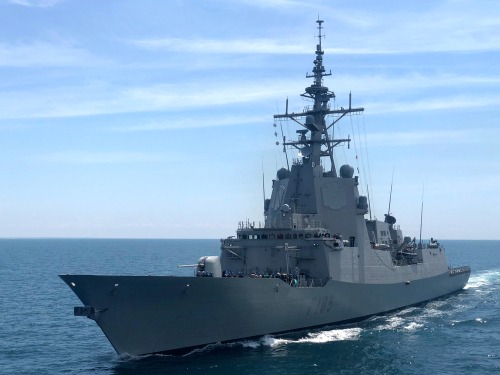
The U.S Navy has trouble with accurately estimating project costs according to the Government Accountability Office (GAO), and with much of its shipyards in poor and outdated condition, evaluators determined changes are needed to properly address the larger design process.
In a prominently cited case, the Navy has been working to improve the dry docks at its Portsmouth Naval Shipyard. Between 2019 and 2021, prices ran away from the Navy’s predictions, ballooning from $528 million to $2.2 billion. In another case, at Pearl Harbor, estimated costs for updates rose from $6.1 billion in 2018 to $16 billion in 2022.
In part, GAO attributed these discrepancies to basing estimates on preliminary designs and lack of updates to reflect final designs. The Navy does not even have a full cost and schedule estimate for its Shipyard Infrastructure Optimization Program (SIOP) and reported it wouldn’t be able to provide one until fiscal year 2025.
SIOP is a push to update the Navy’s dry docks, facilities and equipment. Each shipyard needs to complete a detailed infrastructure plan identifying specific facility projects – hence the delay. In the meantime, the Navy intends to provide annual updates of the estimated costs of SIOP projects over the next five years. However, project uncertainties, volatile commodity prices and a Navy-cited lack of expertise completing dry dock projects loom over any progress.
As a result of its findings, GAO lodged three recommendations for the Navy. First, that for all key SIOP projects, it updates risk analyses related to its cost estimates throughout the design process and actively improves use of best practices for schedule estimates. It also called for documentation of different methods used to cross-check high-value cost elements. Finally, it recommended the Navy use best practices when creating schedules for key SIOP projects going forward.




